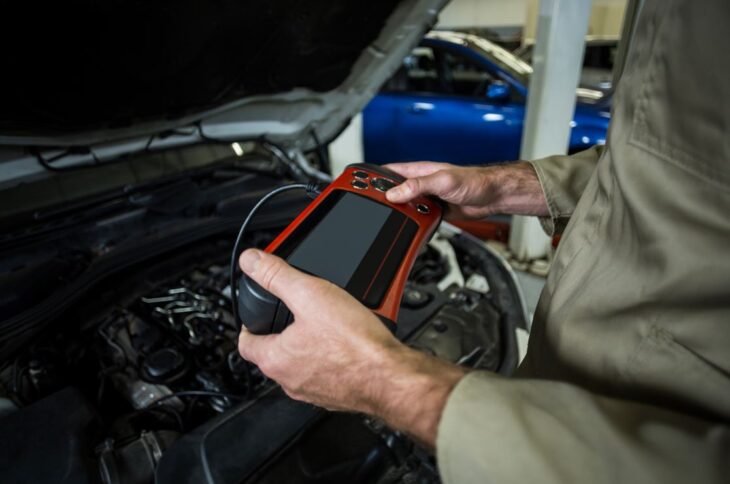
6 Best Car Diagnostic Tools All DIY Mechanic Need
Many people know how to perform some basic fixes to their vehicles, only if they have the needed tools in their DIY mechanic service. Some issues are better to be brought to a professional, who will know how to handle all those things that come with it. But, in some cases, having some basic tools in your garage means saving time and money, and fixing the issues alone.
Sometimes, DIY-ers also know how to handle advanced devices you can find on originaldiag.com, which again, saves time and money, and shortens the period the car is a professional mechanic.
Car enthusiasts often want to check the parameters by themselves, and the basic tools don’t cost a lot, and they can afford some of them. Board diagnostic tools can detect some issues in the early stages, and check the vital functions like airbag, emissions, and locking system, giving you an insight if your car is safe to drive or not. And this leads us to the first tool you can use at home:
1. Scanning tool
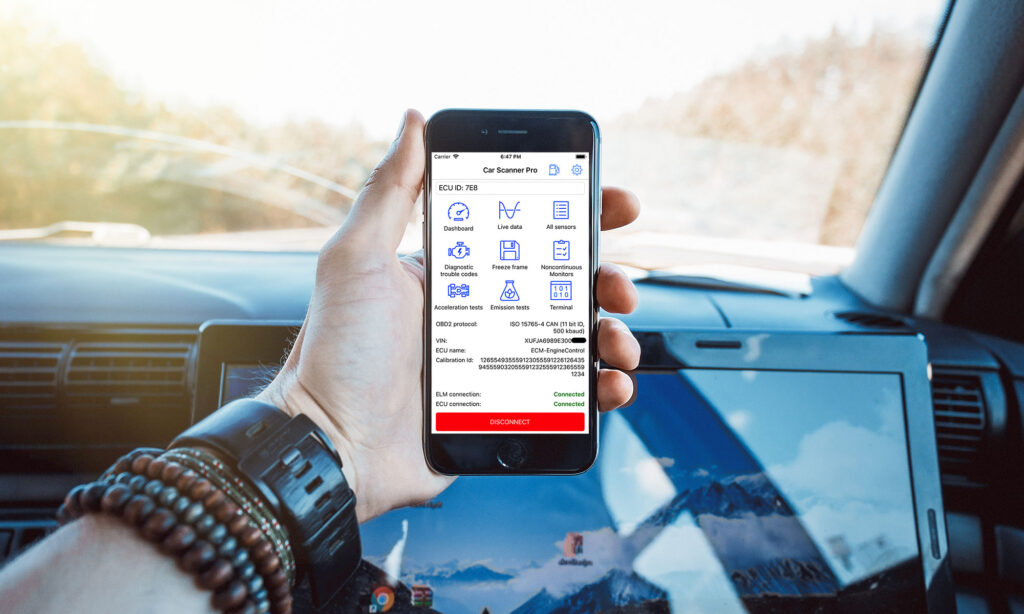
It’s a portable diagnostic tool that can measure some parameters and compare them, giving you important information about the car’s safety. They practically “read” and measure what is happening inside the engine, so you can get to understand the whole concept better. You don’t need to invest in big and professional computer scanners. You can do the same thing with the manual one and decide if you can fix the things by yourself, or you will anyway have to bring the car to a professional. You need to plug the device into your OBD or OBD-II port and choose the parameters you want to measure. These devices come in different price ranges, so you can literally choose the one that fits your budget, and use the functions it provides. On the other hand, cheaper scanners often lack quality and don’t provide the same quality. But, you have a choice and you can take the one that you need and can afford.
2. A good code reader
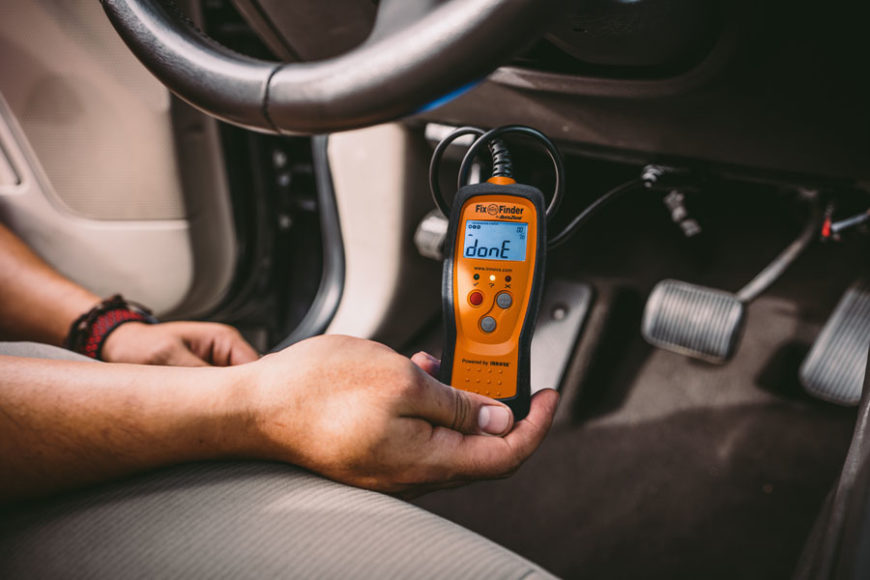
This is another tool every home mechanic needs. But, what does it mean? It doesn’t perform a deep scan. It just scans the vital functions and reports an error number, giving you an option to browse it in the database and detect the issue. Many mechanics decide to use this one because it’s easier and more practical for them. These codes can be helpful if you need to report the issue to a professional mechanic, especially if you don’t know how to explain it. You only need to refer to the code, and they will know what type of issue you are facing.
3. Engine thermometer
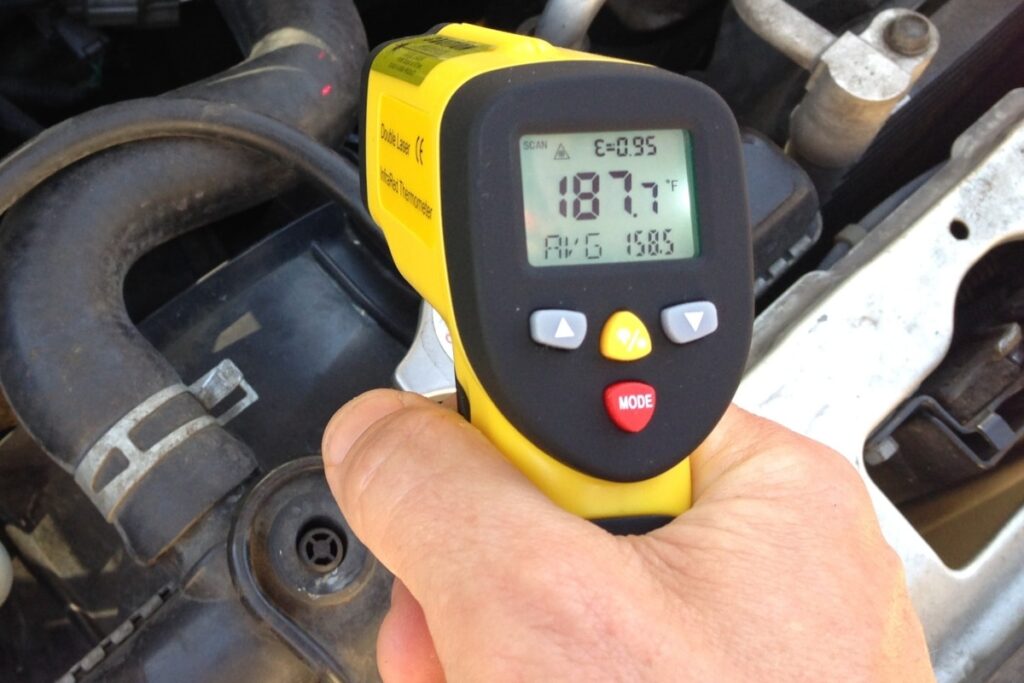
Sometimes, you feel like the heating levels aren’t healthy, and the engine thermometers will tell you if you are right or not. The best one is a non-contact device because sometimes the engine is too heated, it can really be dangerous to get close to it. It’s important to know that you need to shut the car down and wait some time until you measure the temperature. Usually, the heat is gone in the first ten minutes, but if the engine is still hot after half an hour, it may need some fixtures, while the problems are tiny and easier to solve.
4. Multimeter
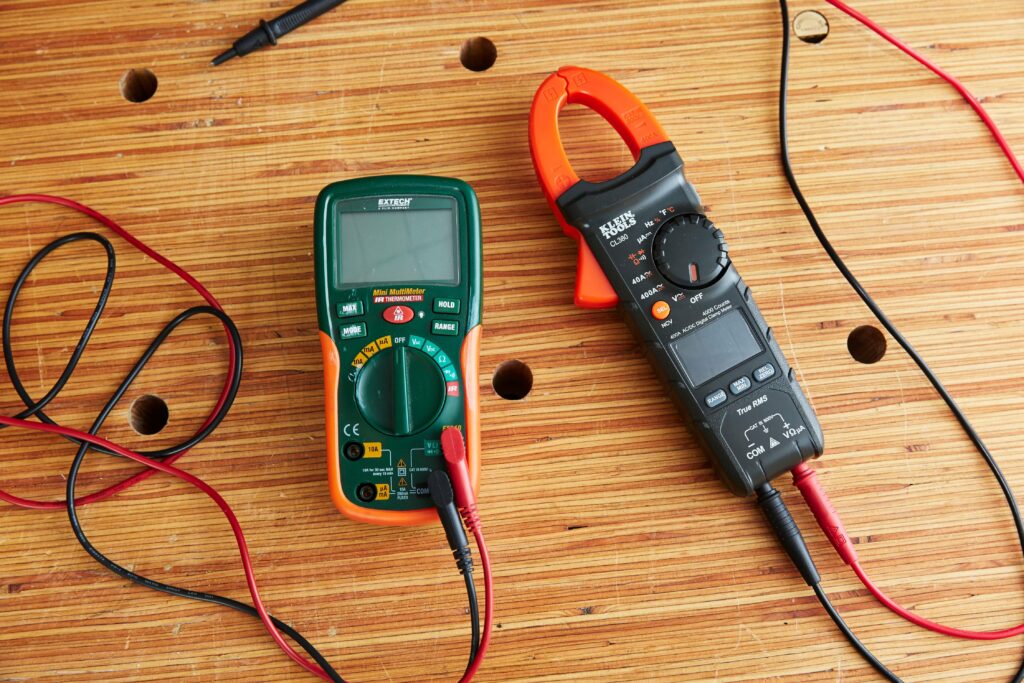
This is a device with wide usage, and it’s mostly used to measure different parameters related to electric car systems, including resistance and voltage. This will help you detect any potential issues, so you can repair them on time. The best thing is that multimeters are affordable, and if you are sure you want to do these things in your spare time, it should be one of the first things you buy for your DIY garage.
5. Pressure testing kits
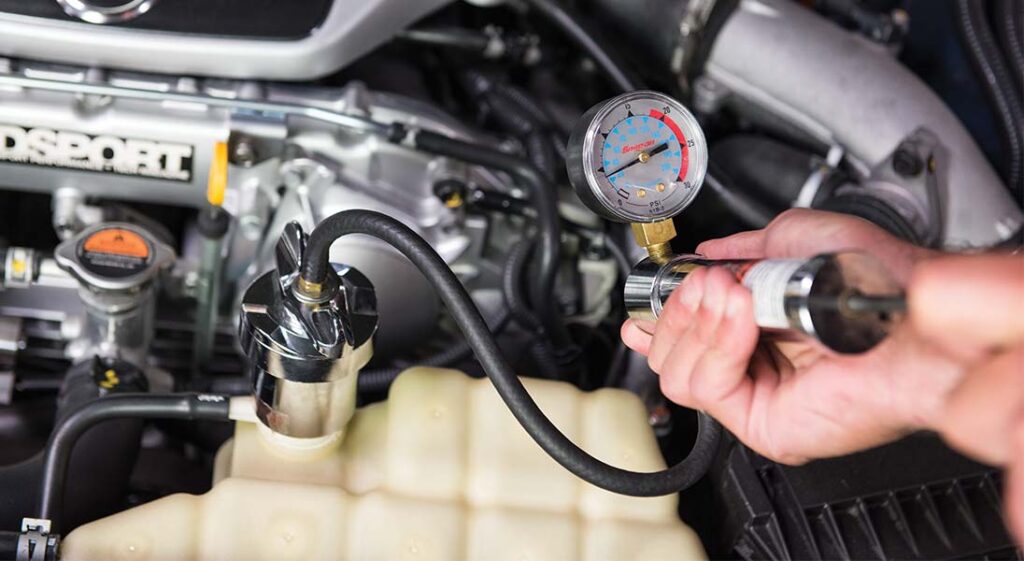
Most of the parts in your car work under vacuum pressure. So, you need to invest in a vacuum pump, pressure testing device, and fuel pressure gauge. As we said, a lot of things inside your car are under a different type of pressure, and when something is off, it can easily be fixed with proper usage of the pump. Keep in mind that you need to measure the parameters while the vehicle is at its working temperature, to get accurate results. If you need to read the fuel pressure, use the gauge, so you can see if the engine is getting enough fuel to work properly. At this point, we will recommend you not to take any steps alone, since these parts can be easily damaged. Professional care is highly recommended in this case.
6. Manual tools
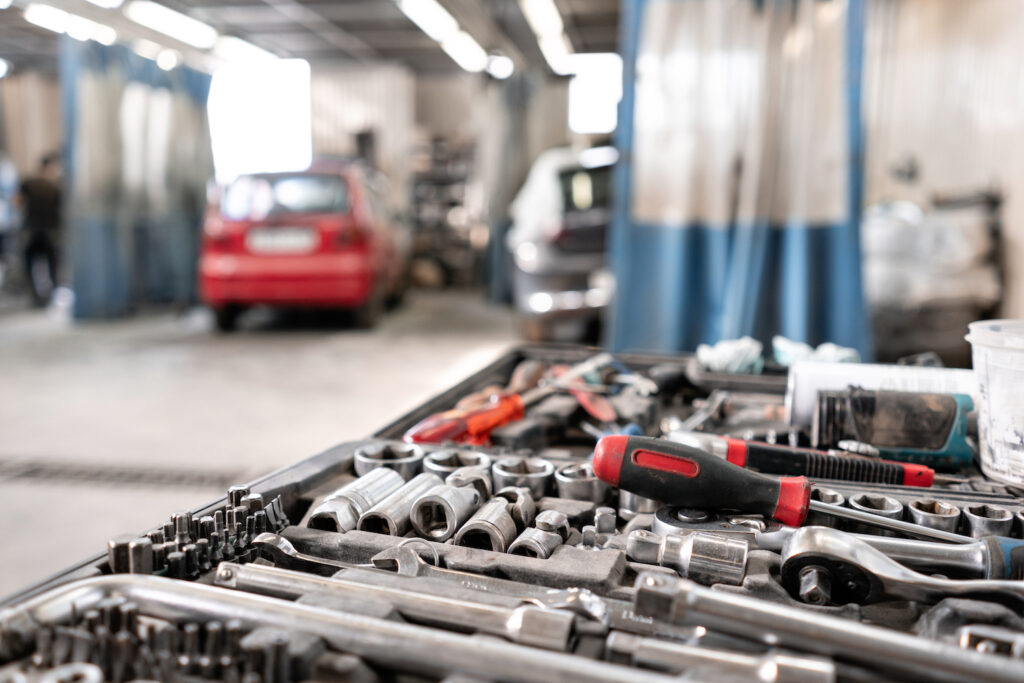
Don’t forget about them too. You may need a mirror with a handle, so you can see the issues in hidden angles. They look like the small mirror tool dentists have, but it’s much bigger. Don’t forget about at least one creeper, because all those pieces of carpets, cushioned pads, and similar solutions won’t easily work for you. The creepers let you get under the vehicle and easily get out of it, and they also protect your spine. Also, you will need a few different types of pliers, some of them with a cutter, wrenches, grinder with removable heads, and don’t forget about the old but good flashlight, because you need to have it in your car all the time – just in case.
Conclusion
The best thing about all the devices we mentioned is that most of them are pretty affordable, and you can buy them one by one, giving priority to the tools you really need first. Being a DIY mechanic is not easy, because it requires knowledge and dedication, but many people successfully fix the tiny issues they may have with their cars and other types of vehicles.
So, now you are ready to start, and of course, we will always recommend you to go for professional help if the issues are obviously dangerous and can put your life at risk. It’s not worth saving money on them, so don’t hesitate if your scanner or code reader detects some serious issue with your car.